COPENHAGEN INSTITUTE OF INTERACTION DESIGN
Your audio guided journaling companion through grief
User Research, Product Design
Project Details
Kairos was developed over 10 weeks as my final project at the Copenhagen Institute of Interaction Design
My Role
Sole designer involved in the entire design process from research, prototyping, storytelling and videography
Tools
Google SketchUp
Adobe Premiere Pro
Arduino
Makey Makey
Sketch
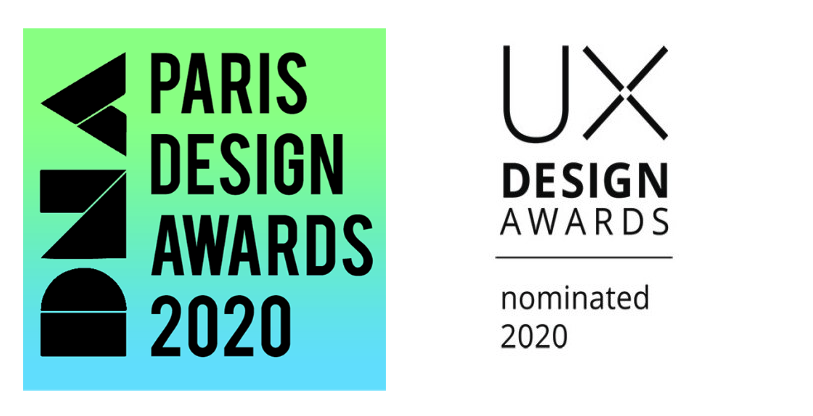
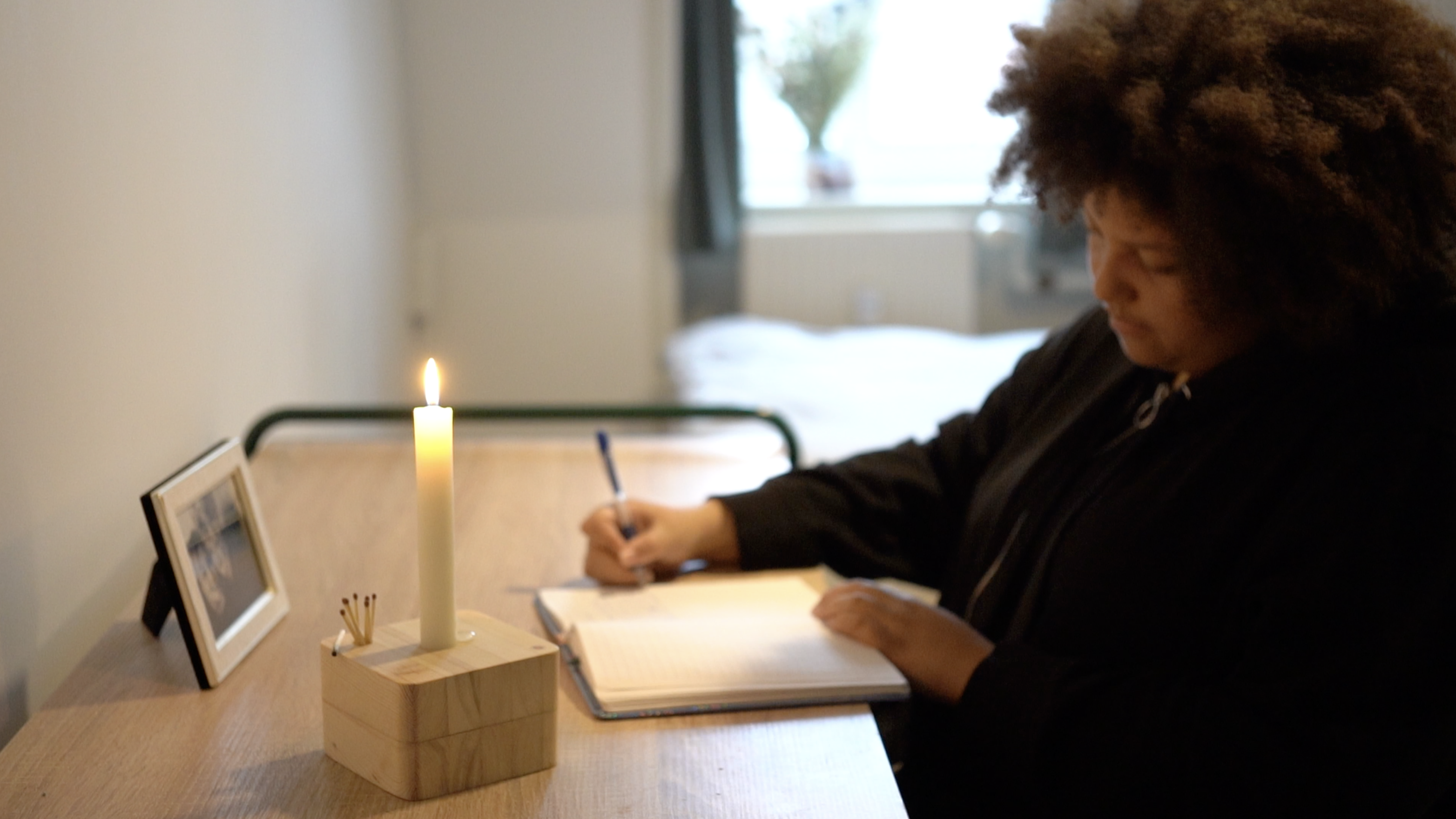
What was the challenge?
As time goes on, the bereaved often find themselves experiencing a diminishing support system. Family and friends tend to shy away from discussing the subject as time passes, leaving the bereaved to cope with their grief alone. Timely access to professional help when it is most needed can be challenging, with waiting times stretching up to four months. This delay is particularly concerning, as prompt support is crucial to prevent the onset of depression.
What was the outcome?
Kairos is an audio guided journaling companion that provides a safe space for the bereaved to express and explore their grief through writing. Supporting each in their own time, it's designed to bring a haven of calm into their hearts as they move forward in grief.
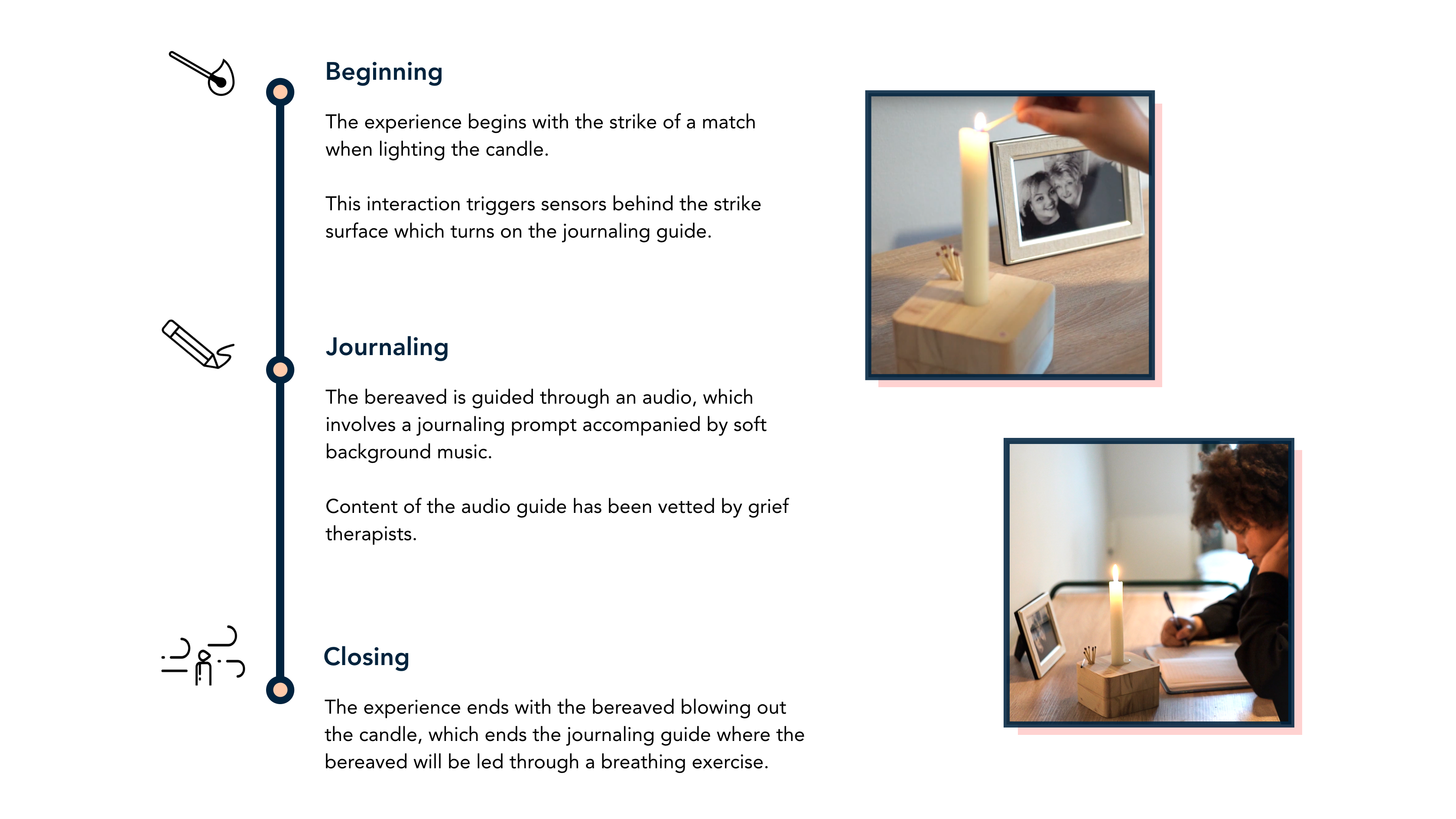
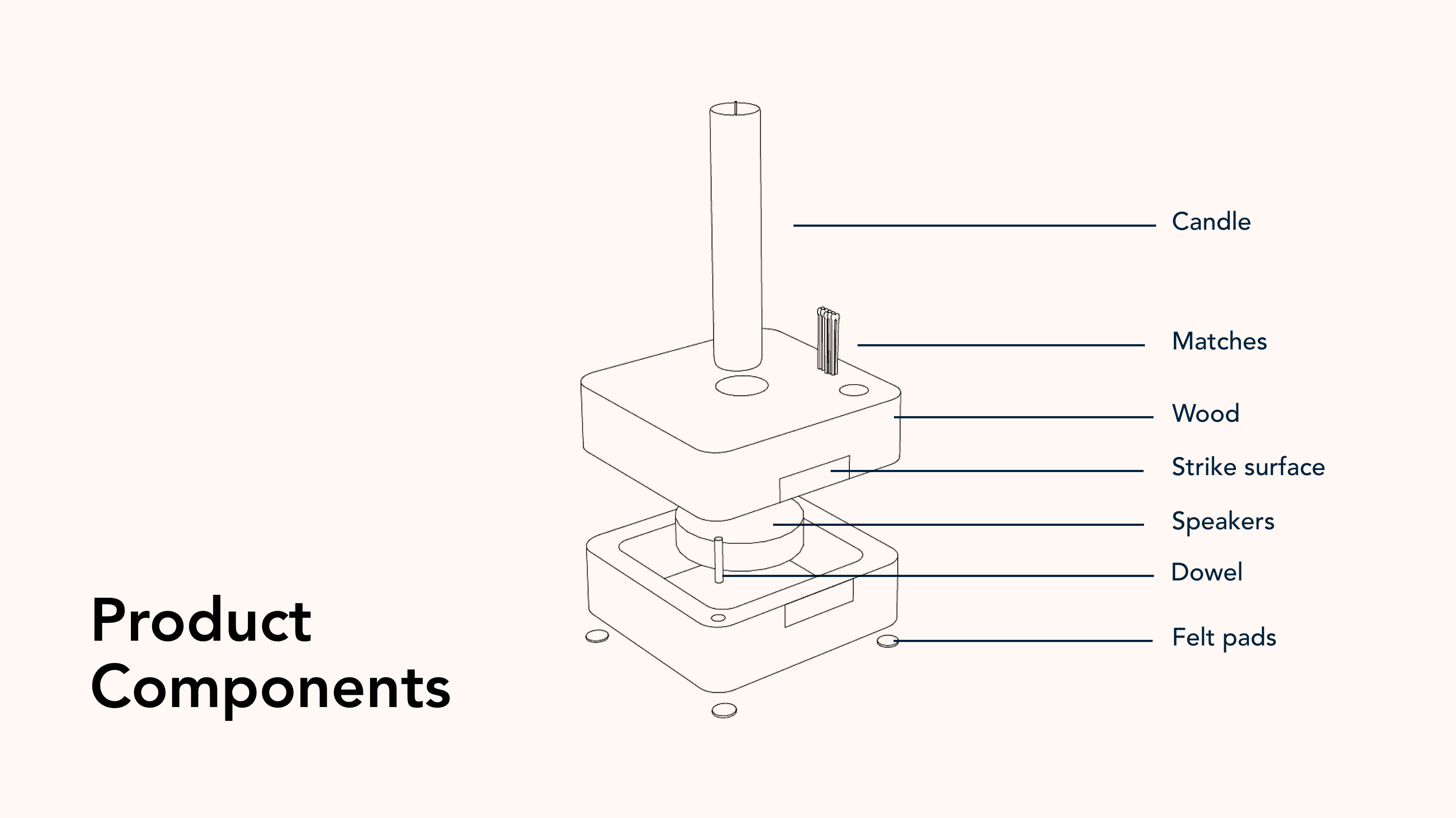
Concept Video
Why the subject of grief?
I was inspired to explore the subject of grief after losing someone very dear to me. It left me wondering whether enough has been done to support those who've experienced such a life changing event. I also wanted to challenge myself to explore what I feared - the intangible. How could we design for such intense emotions that we all go through simply because we’re human? It’s relevant for each and everyone of us because while grief is so personal, it's also very universal. I’ve focused on the loss of a loved one through death in this project, but I see grief as the emotions that one goes through following any form of loss. We’ll all go through it sooner or later, one way or another.
What was your research process?
Immersing myself in my immediate surroundings, I visited museums, exhibitions, read books and academic articles (see references here), and most importantly spent hours speaking with and co-creating with the bereaved. I spoke with as many people as I could and conducted analogous interviews such as those who lost their pets. I'm grateful to have interviewed 12 bereaved adults, 11 of whom were involved in the co-creation process and 8 of whom stayed with me till the end.

Collage showing part of the research and co-creation process
Early insights from initial conversations
Early insights from initial conversations
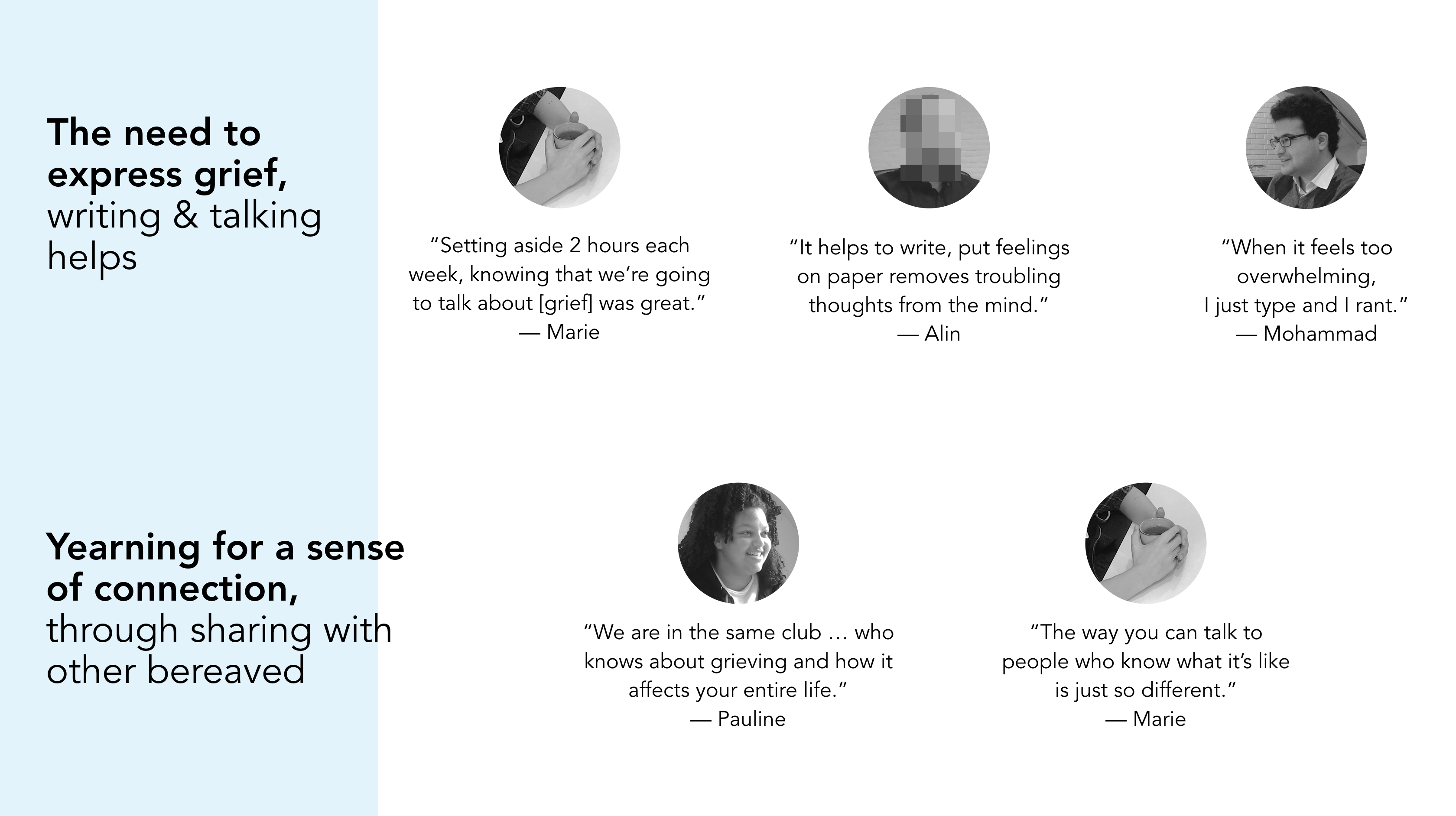
Early insights from preliminary research
Early insights from initial conversations
Early insights from initial conversations
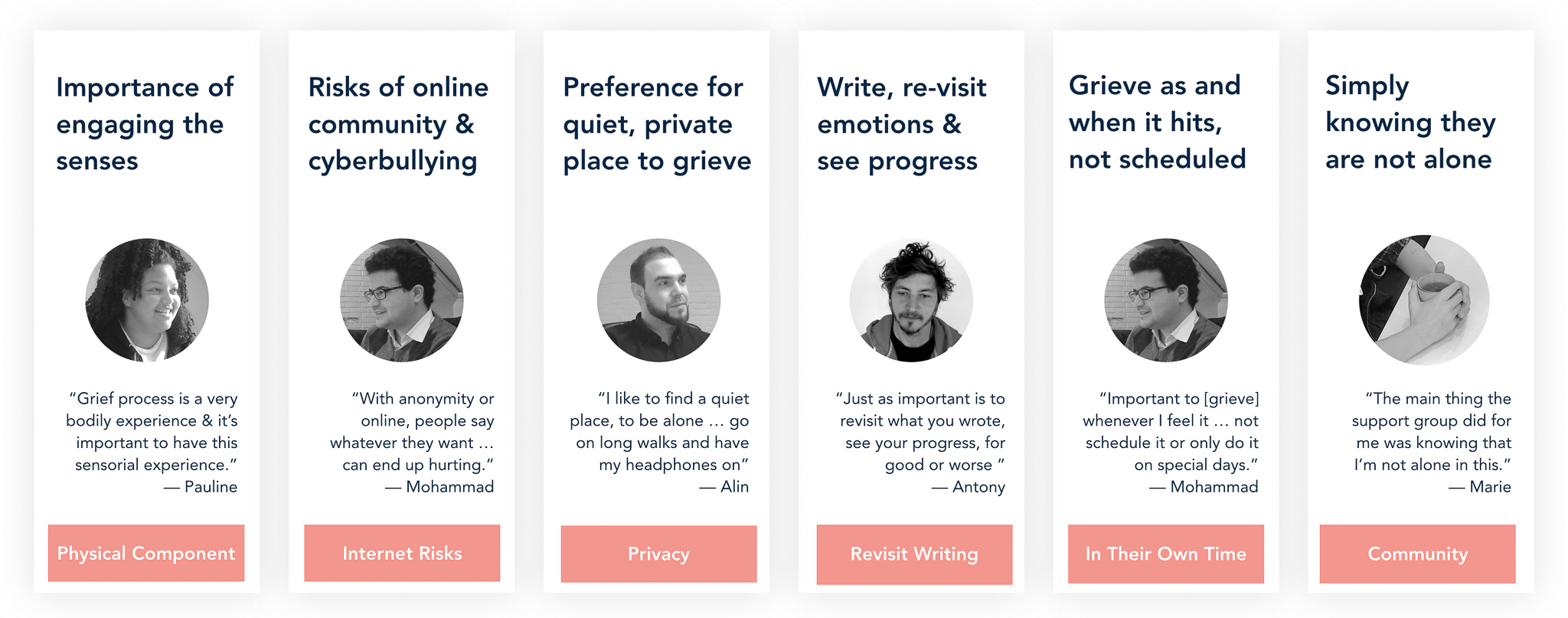
Insights from in-depth interviews and co-creations
Early insights from initial conversations
Early insights from initial conversations
Tell me about the ideation and prototyping phase.
The ideation and prototyping phase involved multiple iterations of concepts based on insights gathered from early research, which were further refined following in-depth interviews and co-creation with the bereaved and grief therapists.
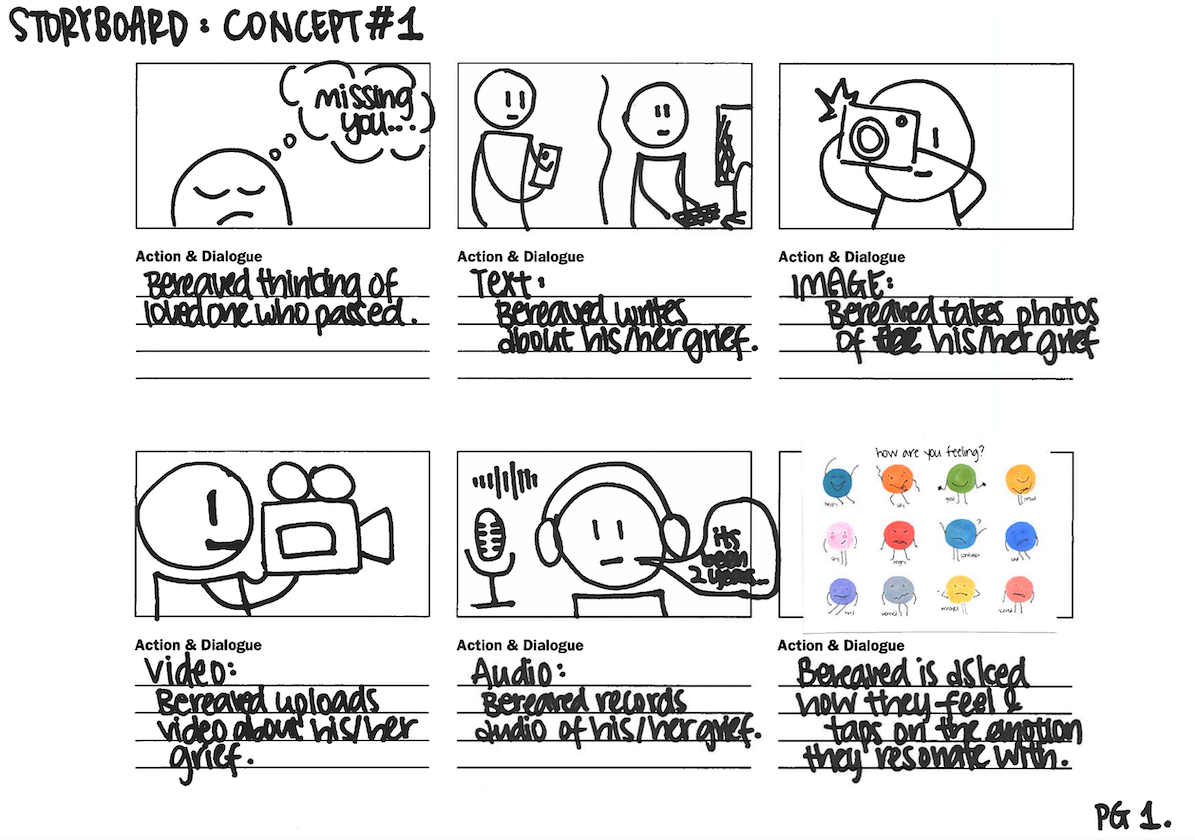
One of a few storyboards used during research
One of a few storyboards used during research
One of a few storyboards used during research
One of a few storyboards used during research
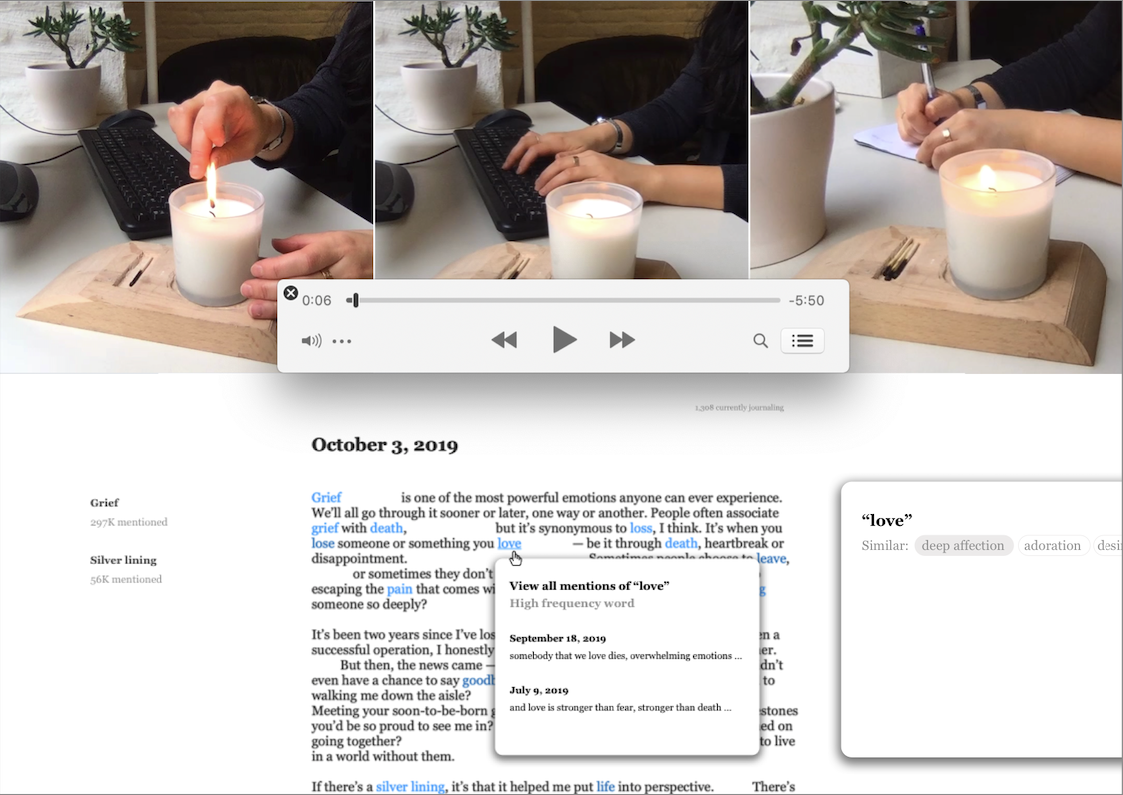
Early Prototype: Digital Journaling
Early Prototype: Digital Journaling
Early Prototype: Digital Journaling
Early Prototype: Digital Journaling
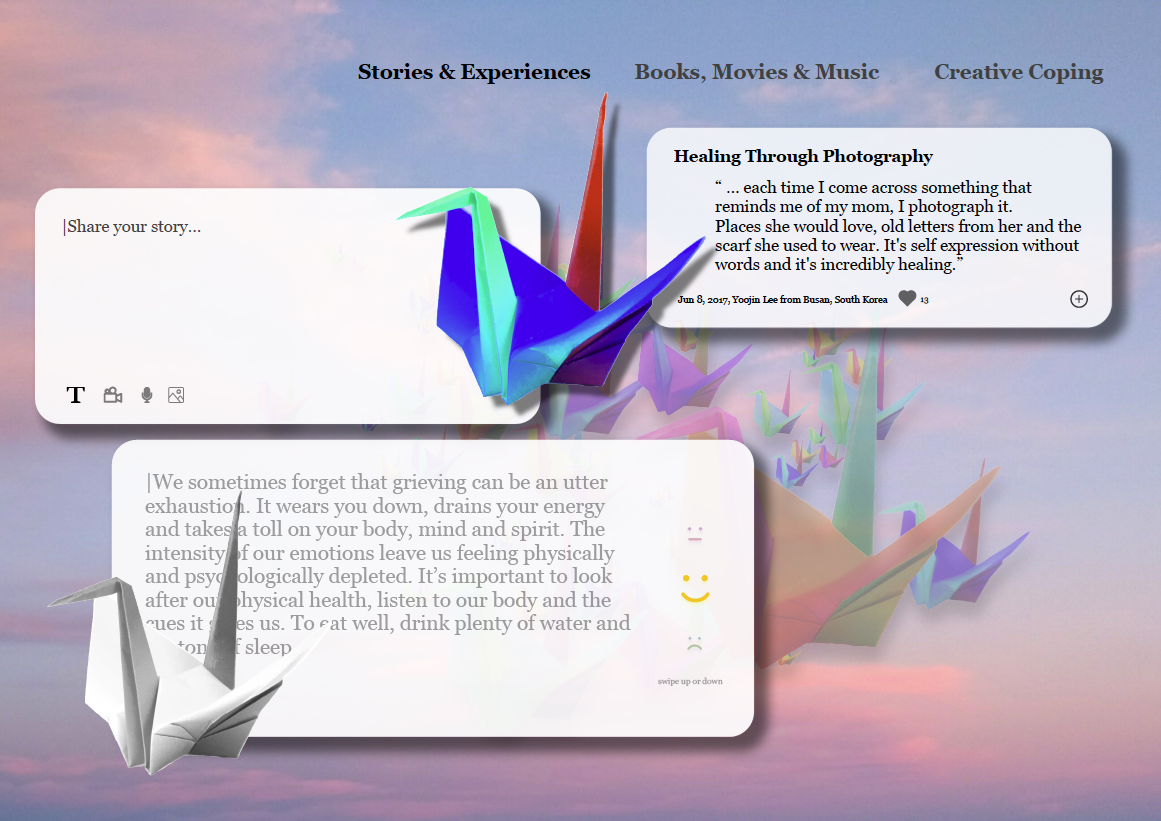
Early Prototype: Grief Community
Early Prototype: Grief Community
Early Prototype: Grief Community
Early Prototype: Grief Community

Card sorting activity used during co-creation
Card sorting activity used during co-creation
Card sorting activity used during co-creation
Card sorting activity used during co-creation

Physical prototypes used during testing
Physical prototypes used during testing
Physical prototypes used during testing
Physical prototypes used during testing
How did you test your idea?
I took Kairos to 8 bereaved, some in person and some over video calls. All were sent the audio journaling guide, followed by a discussion for their feedback. 3 out of 8 bereaved engaged in experience prototyping where I used role playing and wizard-of-oz methods to test how they interact with the prototypes. I made iterations to the concept based on the feedback received.
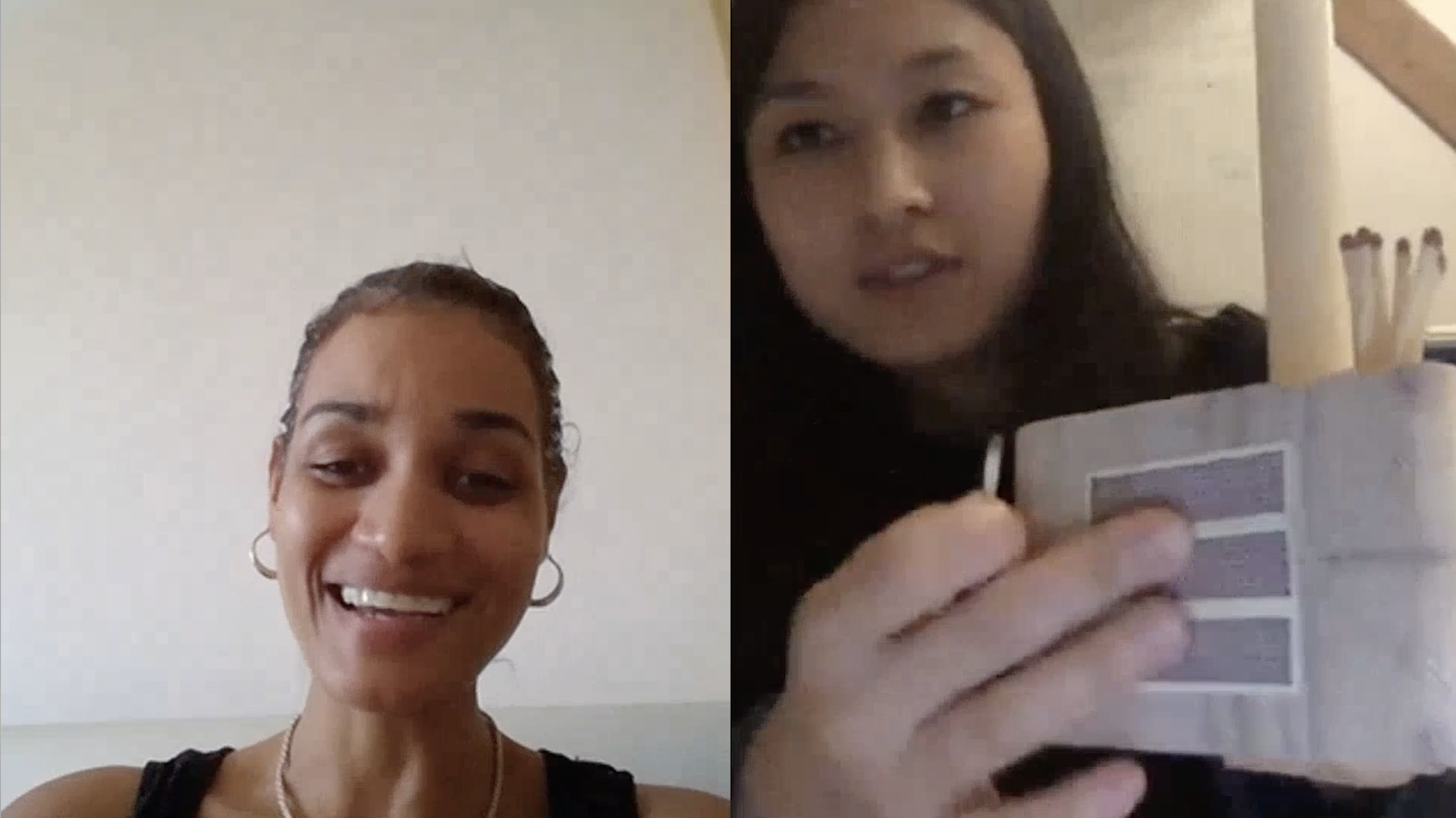
Demo of KAIROS to the grief therapist
Demo of KAIROS to the grief therapist
Showing a demo of KAIROS to the grief therapist
Showing a demo of Kairos to the grief therapist
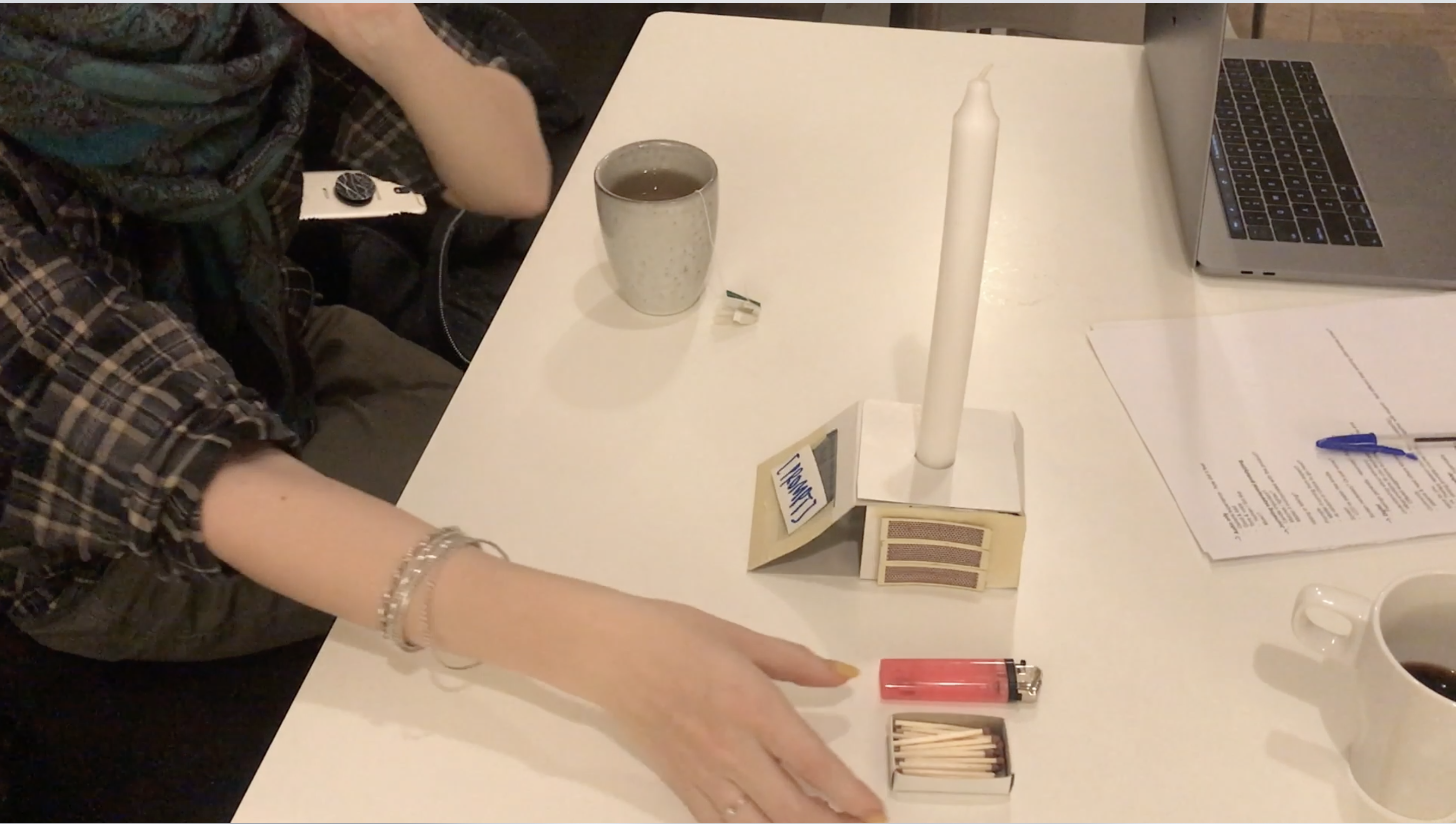
Testing choice between matches & lighter
Testing choice between matches & lighter
Testing their preferences between matches & lighter
Testing their preferences between matches & lighter

Conducting wizard-of-oz prototyping
Conducting wizard-of-oz prototyping
Conducting wizard-of-oz prototyping
Conducting wizard-of-oz prototyping
Exhibiting Kairos
I took Kairos to 8 bereaved, some in person and some over video calls. All were sent the audio journaling guide, followed by a discussion for their feedback. 3 out of 8 bereaved engaged in experience prototyping where I used role playing and wizard-of-oz methods to test how they interact with the prototypes. I made iterations to the concept based on the feedback received.

Visitors' experiencing Kairos at the exhibition in Dec'19
Visitors' experiencing Kairos at the exhibition in Dec'19
Visitors' experiencing Kairos at the exhibition in Dec'19
Visitors' experiencing Kairos at the exhibition in Dec'19
Visitors' experiencing Kairos at the exhibition in Dec'19

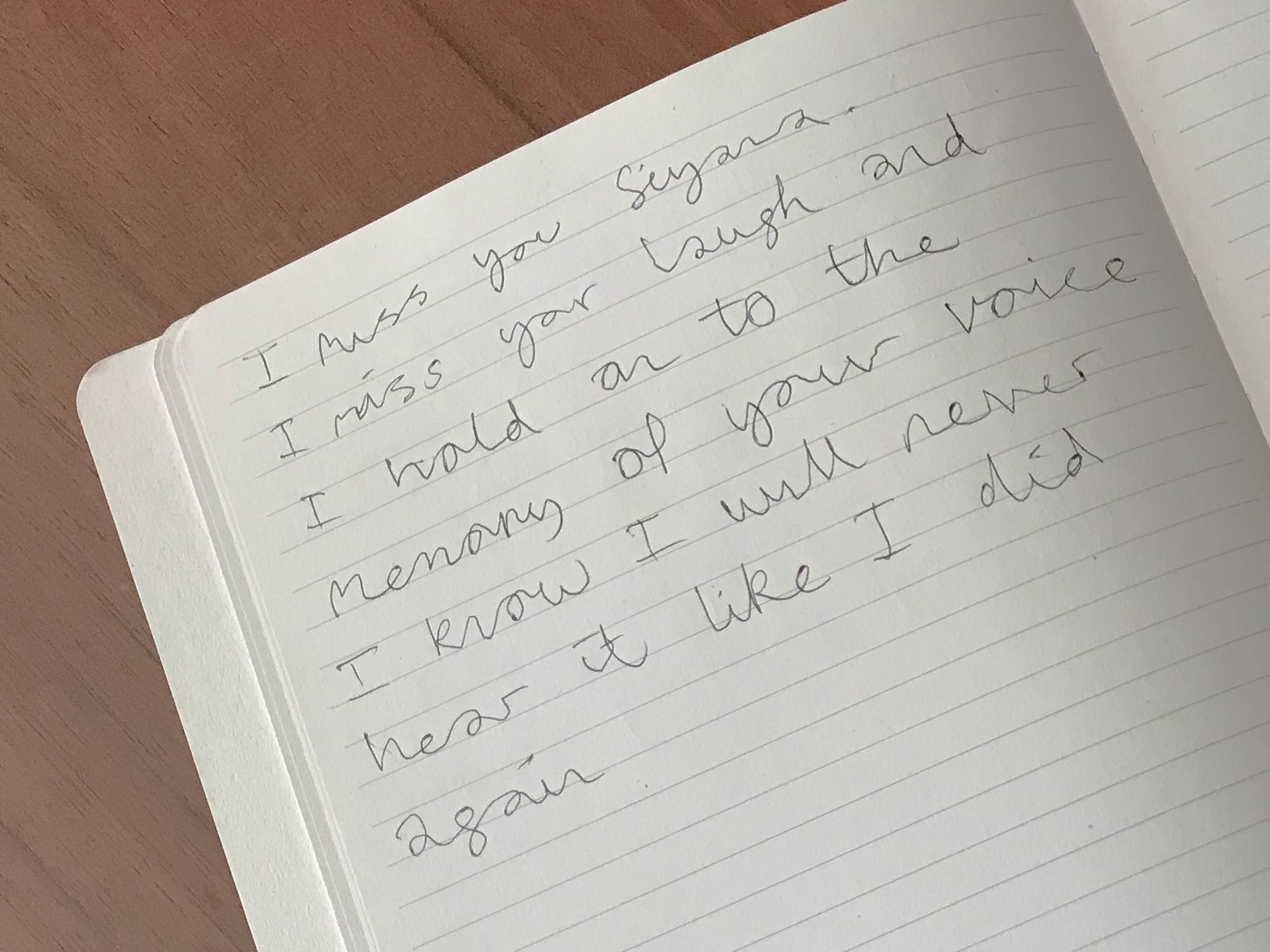
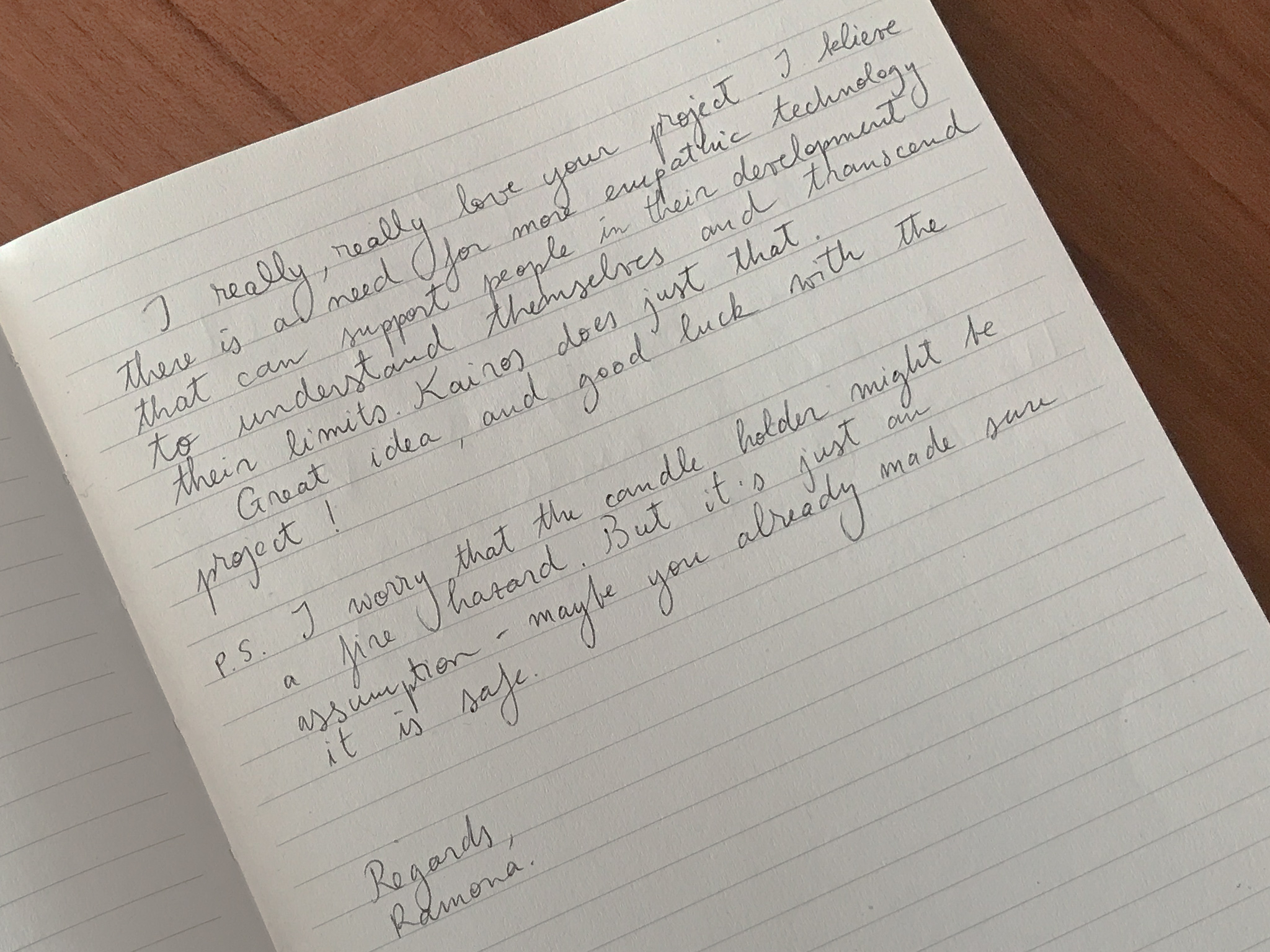

Thoughts from exhibition visitors, including some who began journaling
What was the impact?
Kairos makes it easier to create that space to grieve, which can be especially difficult when feeling overwhelmed with emotions. It's incredible how something as simple as a candle holder can put people into an emotional space to unpack their emotions, and with this object as an anchor, transform the feeling of the physical space. Whilst writing is not the only way to support the grieving and KAIROS cannot replace human interactions, perhaps it could still offer a way for the bereaved to find peace by looking inwards when support is difficult to get hold of.
What people have said about Kairos
What people have said about KAIROS
What people have said about KAIROS
What did you learn?
Building rapport and trust takes time, but worth it. To let your interviewees feel comfortable so they can be honest with what they’re sharing. Despite documentation being important, I made it a priority to care for their feelings, to be transparent and accommodating every step of the way. I'm grateful to have developed many new friendships as a result.
Learning to be vulnerable. During the process, I also learned to be comfortable to share a part of me that’s deeply personal. I prepared a short booklet introducing myself before meeting each interviewee as I find it to be a two way street: for them to learn about me and understand why I’m interested in speaking with them. This mindset also meant embracing the uncertainties along the way and to be vulnerable to trust, and to let the bereaved guide me through my process. As a designer, it was a great opportunity to be vulnerable with the people I design for.
I owe my thanks to: Bethany Snyder, Finn, David Beaulieu, Adrian Westaway, Andreas Refsgaard, Arunima Singh, Can Yanardag, Clara Gaggero Westaway, Fahmida Azad, Simona Maschi, Ulrik Hogrebe, Aditi Vijay, Alin Ionas, Anthony Lau, April Chan, Bernina Chan, Bianca Chan, Christina Li, Christel Wolff, Felix Yau, Marcelo Pineda, Marie Brittain, Mette Lauesen, Mohammad Elhariry, Pauline Vandet, Peter Wong, Xena Gunawan, Yithza Davelaar & CIID IDP 2019 (special shoutouts to Aakash, Joey, Joseph, Léa, Mitsu, PJ & Yang).
I owe my thanks to: Bethany Snyder, Finn, David Beaulieu, Adrian Westaway, Andreas Refsgaard, Arunima Singh, Can Yanardag, Clara Gaggero Westaway, Fahmida Azad, Simona Maschi, Ulrik Hogrebe, Aditi Vijay, Alin Ionas, Anthony Lau, April Chan, Bernina Chan, Bianca Chan, Christina Li, Christel Wolff, Felix Yau, Marcelo Pineda, Marie Brittain, Mette Lauesen, Mohammad Elhariry, Pauline Vandet, Peter Wong, Xena Gunawan, Yithza Davelaar & CIID IDP 2019 (special shoutouts to Aakash, Joey, Joseph, Léa, Mitsu, PJ & Yang).
KAIROS was developed over ten weeks as my final project at the Copenhagen Institute of Interaction Design. This is also an ongoing project I'm exploring with some of stakeholders involved in my design process. Do reach out if you're interested in collaborating with us or have any ideas or suggestions!
I owe my thanks to: Bethany Snyder, Finn, David Beaulieu, Adrian Westaway, Andreas Refsgaard, Arunima Singh, Can Yanardag, Clara Gaggero Westaway, Fahmida Azad, Simona Maschi, Ulrik Hogrebe, Aditi Vijay, Alin Ionas, Anthony Lau, April Chan, Bernina Chan, Bianca Chan, Christina Li, Christel Wolff, Felix Yau, Marcelo Pineda, Marie Brittain, Mette Lauesen, Mohammad Elhariry, Pauline Vandet, Peter Wong, Xena Gunawan, Yithza Davelaar & CIID IDP 2019 (special shoutouts to Aakash, Joey, Joseph, Léa, Mitsu, PJ & Yang).
I owe my thanks to: Bethany Snyder, Finn, David Beaulieu, Adrian Westaway, Andreas Refsgaard, Arunima Singh, Can Yanardag, Clara Gaggero Westaway, Fahmida Azad, Simona Maschi, Ulrik Hogrebe, Aditi Vijay, Alin Ionas, Anthony Lau, April Chan, Bernina Chan, Bianca Chan, Christina Li, Christel Wolff, Felix Yau, Marcelo Pineda, Marie Brittain, Mette Lauesen, Mohammad Elhariry, Pauline Vandet, Peter Wong, Xena Gunawan, Yithza Davelaar & CIID IDP 2019 (special shoutouts to Aakash, Joey, Joseph, Léa, Mitsu, PJ & Yang).
This work is licensed under a Creative Commons Attribution-NonCommercial-NoDerivatives 4.0 International License.
This work is licensed under a Creative Commons Attribution-NonCommercial-NoDerivatives 4.0 International License.
This work is licensed under a Creative Commons Attribution-NonCommercial-NoDerivatives 4.0 International License.
